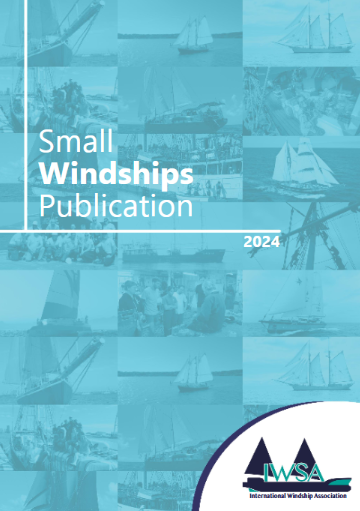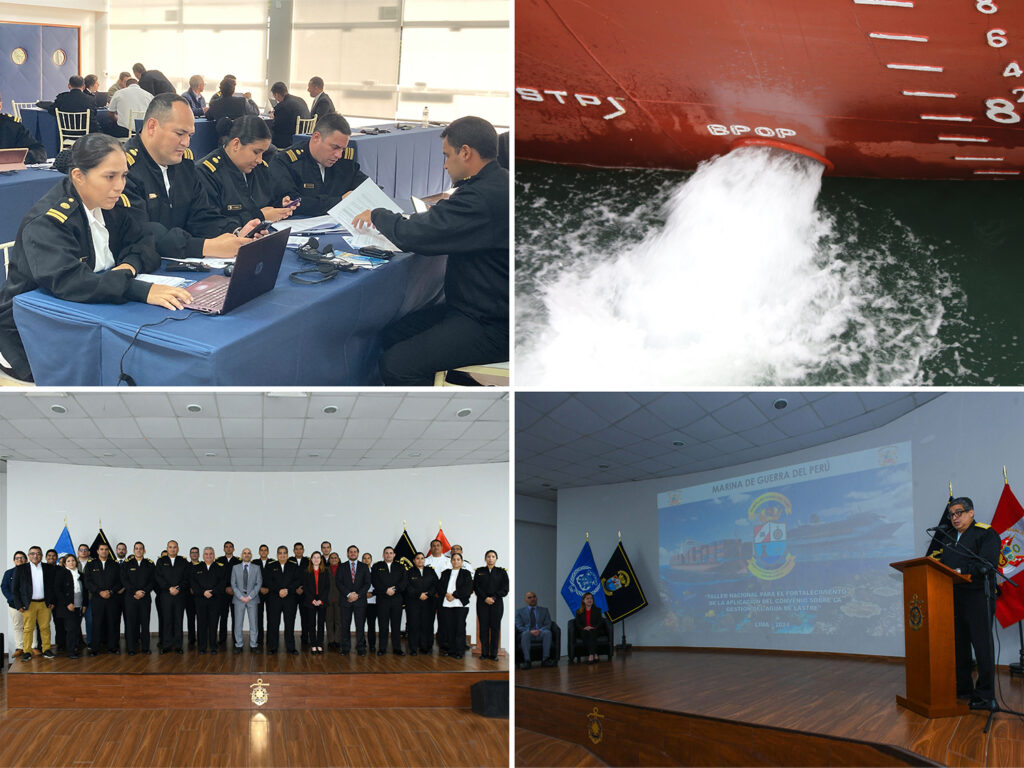Over twelve traditional sail cargo vessels operating mainly in the Atlantic and North Sea regions along with the SV Kwai operating in the Pacific.
With the small wind propulsion vessel sector growing at a rate of knots, the International Windship Association, with contributing expert authors, has developed a publication that gives the reader a true sense of the current scale and future potential of small windship vessels.
London – : Although the small windship trade that has been operating for thousands of years has never stopped, the number of small vessels under 500 GT sailing using wind as their primary energy source, or using wind-assist wind propulsion technology, has steadily increased in recent years.
Major growth market
Small, working sail vessels represent a potential major growth market. There has been a near-doubling of the sub-500 GT windship fleet in the last 12 months. The opportunity for reducing fossil fuel use on smaller vessels engaged in domestic and international trades makes wind energy an attractive, viable option which is supported by the availability of multiple mature technologies.
SV Kwai operating
Currently, in addition to surviving indigenous sail fleets, there are over twelve traditional sail cargo vessels operating mainly in the Atlantic and North Sea regions along with the SV Kwai operating in the Pacific. There are also a growing number of projects. Over the past year there have been launchings of, or preparations for launchings for, several modern purpose-built vessels including, the Grain de Sail 2 – 52m, 350dwt (North Atlantic), Juren Ae – 48m, 290dwt (Pacific / Marshall Islands), Artemis and Anemos – 81m, 1,000dwt [North/South Atlantic), and Lo Entropy – 24m, 100dwt (North Sea/Baltic).

The International Windship Association (IWSA) Small Windships publication brings together lots of information on the small vessel windship fleet, who have been ahead of the curve for decades in all the same market segments as conventional ships, just at a smaller scale.
Within the 90-page volume, readers will find stories from multiple authors, ship profiles, historical insights, book reviews and even a few re-written sea shanties. For researchers and journalists looking to cover the topic of small windships, there is an annotated bibliography of applicable literature covering the entire sector.
The publication also contains the results from a recent IWSA survey that gathered insights into why wind energy use is increasing in these small vessel segments and to ascertain what barriers may be holding back further expansion in the number of wind-powered vessels.
The results of the small windship vessel survey help inform IWSA’s future work around wind propulsion deployment in the small commercial vessel sector both in developed and lesser developed regions of the world, where maritime transport can be absolutely critical.
Small windships industry
Captain Geoff Boerne, the publication editor says: “The aim of the Small Windships publication is to share with the small vessel industry and general public that there is in fact a small windships industry and wind powered shipping sector, and further, to enlighten those who work in it, or want to in the future, as to who is doing what and why, and that you are not alone and never have been.”
Stimulate debate
He continues, “The articles submitted, and opinions offered in this edition are those of the authors and not of the International Windship Association (IWSA) or the Small Windship Publication’s editorial team, but we do hope that these articles will stimulate debate that will test theories, ideas and values using this annual publication as one of the platforms to move the sector forward.”
Ideal platform

Steven Woods, assistant editor of the publication, says: “In a world where ships of 45,000 tons displacement are not uncommon, it can sometimes be very unclear how the small vessel fleet could possibly make a difference to world trade.
However, since most of the non-sailing public interacts only with small vessels in the form of vacation cruises, historic ships, recreational boats, environmental education programs, and occasionally goods delivered by sail freight, it is easy to argue that small sail vessels are the ideal platform for showing the power of wind propulsion and the path to rapidly decarbonizing transportation the world over.”
Small vessel activity

Gavin Allwright, Secretary General, IWSA says, “The small vessel sector holds great potential for moving large amounts of cargo and making a significant contribution to both lowering emissions from our trading activities at sea but also reducing land base emissions by getting closer to the farm gate/dinner plate, first and last mile impacts of moving goods by truck.
Small vessel activity is also vital on certain routes and in vast maritime regions, such as small island/large ocean developing states etc., thus reducing fuel dependency adds significant levels of resilience to these areas.”
The aim of publication
He concludes, “The aim of the Small Windships publication will be to help to facilitate discussions and debate around the issues facing the sector helping to bring together the network further and identify areas that require collective action at an industry, market and policy/regulatory level.
This publication is the first of many and is set to be published annually by the IWSA and I expect the next Small Windships book to be full of new projects, articles and developments in this fast-developing sector of the industry.”
International Windship Association (IWSA): facilitates and promotes wind propulsion solutions for commercial shipping worldwide and brings together all parties in the development of a wind ship sector to shape industry and government attitudes and policies.
IWSA is a member driven, not-for-profit association made up of wind propulsion technology suppliers and ship development projects, shipping lines, shipbuilders, designers, naval architects, engineers, academics, NGOs, and Class with five main areas of activity:
Network – grouping like-minded organisations and individuals sharing ideas, skills, technical and market information for the development of commercial wind ships.
Promote – promoting the economic value of wind propulsion to the industry
Educate – acting as a central information hub for the wind propulsion sector, ship owners and operators, shipyards, ports, governments, equipment producers, the media, NGOs, and the wider public.
Incubate – securing funding streams, project collaboration, grant applications, research and the pooling of resources.
Facilitate – establishing common approaches/criteria for all stages of project development, support stakeholders, advise and lobby legislative bodies on policies, activities, funding and incentives required to retrofit existing ships and build new commercial wind ships.
As the only industry association for wind-assist and pure wind technology developers and institutions with a commercial interest in wind power, the IWSA has welcomed a huge rise in its membership in the past few years.
www.decadeofwindpropulsion.org
Read More :
IWSA :”Wind Propulsion Asia” summit at Singapore Maritime Week




